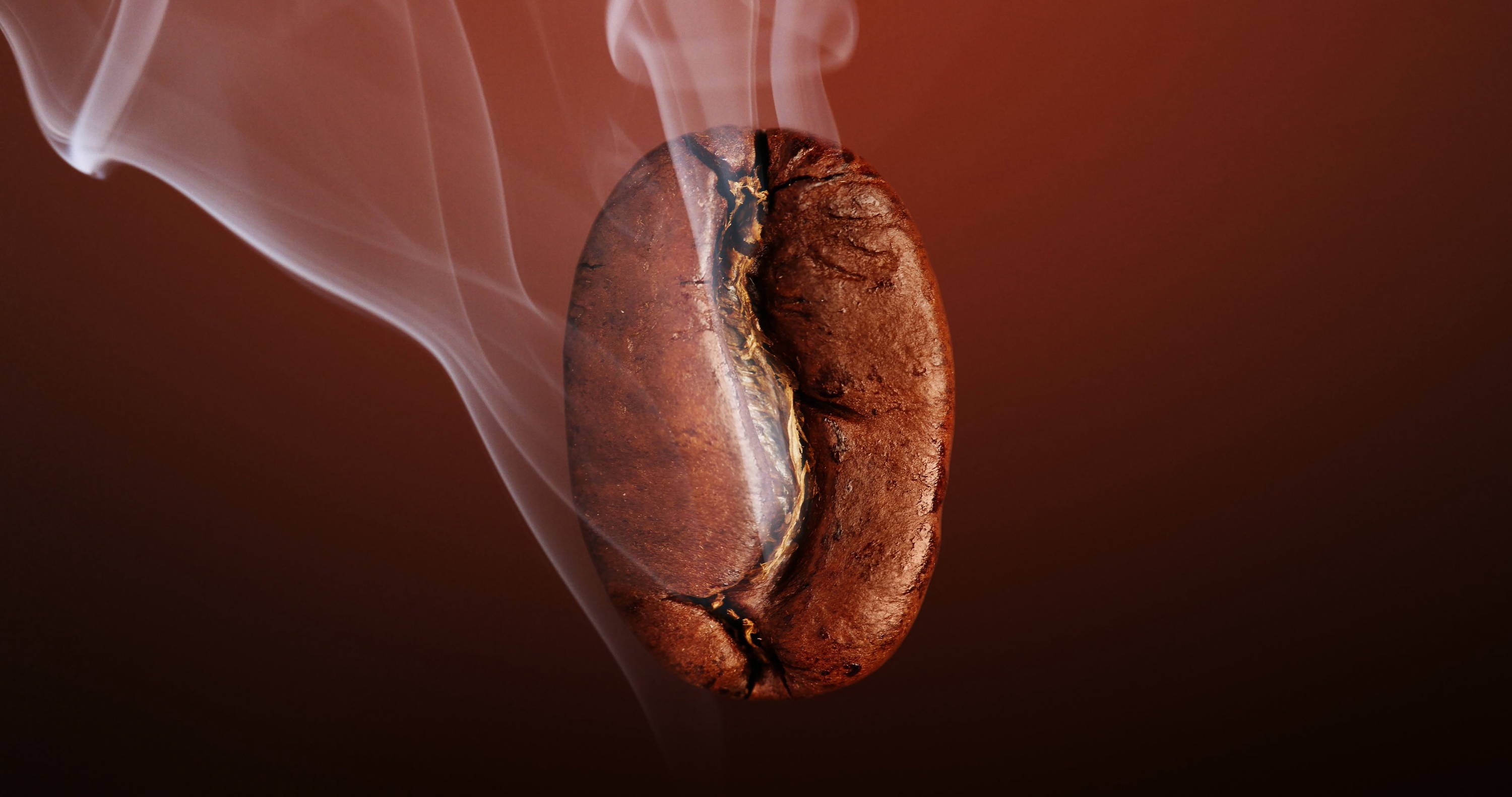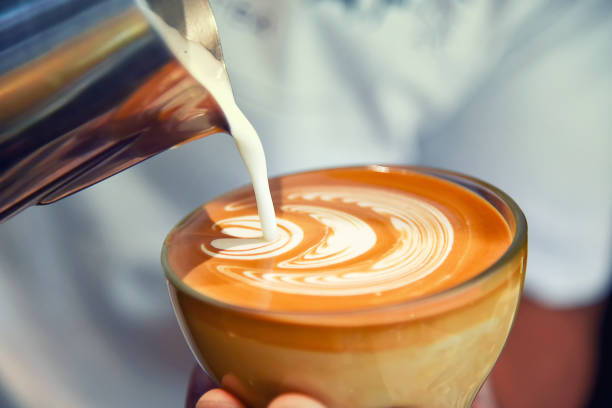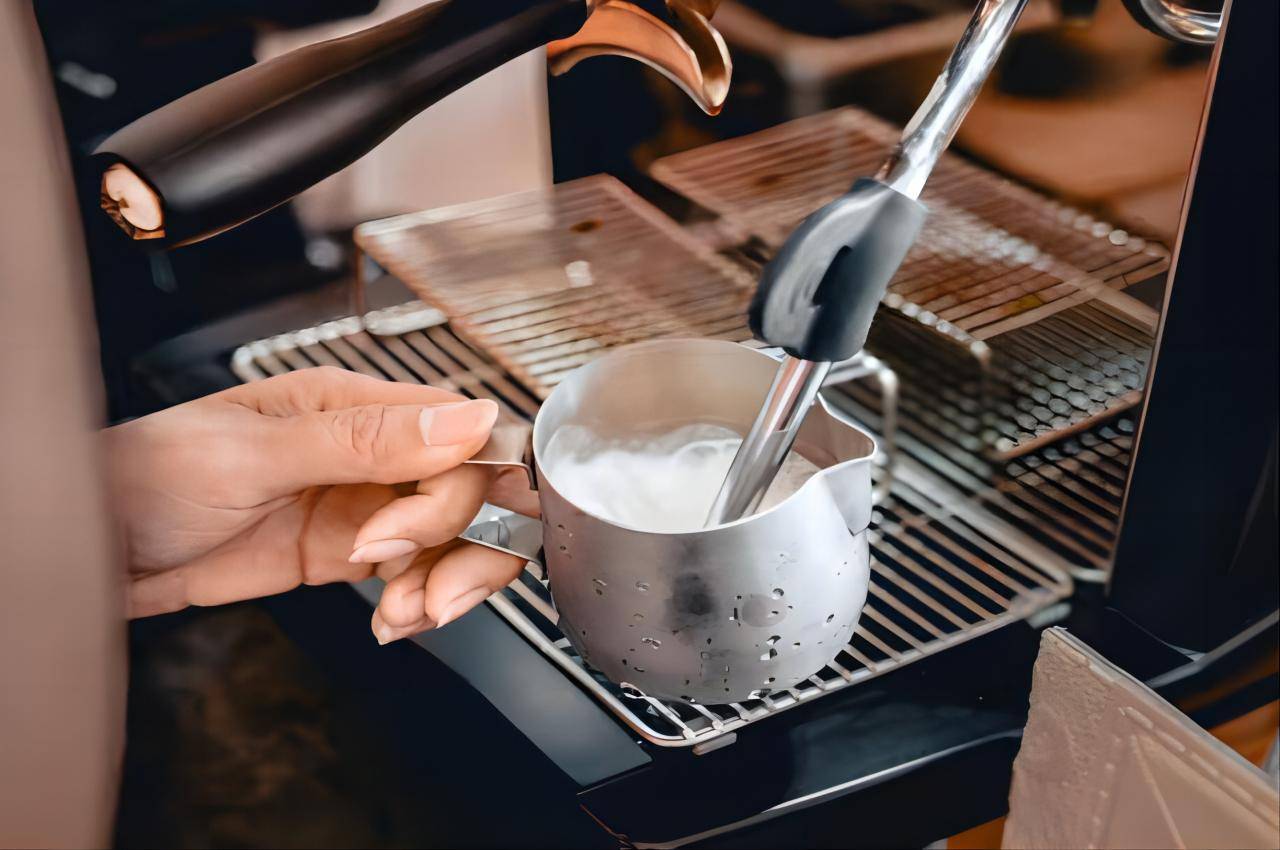Unlocking Aromas:
What Creates the Captivating Fragrance of Coffee?
Have you ever paused to inhale the rich, inviting aroma of freshly brewed coffee? That captivating scent is no accident; it emerges from a complex interplay of chemistry, cultivation, and culture. Understanding what creates this enchanting fragrance can deepen your appreciation for every cup you enjoy.
In this exploration, we’ll uncover the factors that influence coffee's aroma and how cultures around the world celebrate these delightful scents. So, pour yourself a cup of joe and immerse yourself in the captivating world of coffee aromas!
Subscribe
To join our mailing list and never miss event update!
The Science Behind Coffee Aromas


The Variables That Influence Aroma
1. Origin of the Beans
The origin of coffee beans plays a significant role in determining their aroma. Different regions produce beans with distinct flavor profiles influenced by local climate, soil, and elevation. For example:
● Ethiopian Coffee: Often characterized by bright, floral notes and fruity undertones, Ethiopian coffee typically has a lively aroma.
● Colombian Coffee: Known for its smooth and balanced flavor, Colombian beans often emit nutty and chocolatey scents.
● Sumatra Coffee: Beans from Sumatra are often earthy and herbal, contributing a rich, heavy aroma.
When selecting coffee, consider exploring beans from different origins to discover how the geography influences their fragrant qualities.
2. Processing Methods
The method used to process coffee beans after harvesting can greatly impact their aroma. The two primary processing methods are:
● Washed Process: In this method, the coffee cherries are depulped, fermented, and washed. This results in a cleaner cup with vibrant acidity and pronounced aromatic notes, often highlighting fruity or floral characteristics.
● Natural Process: Here, the cherries are dried in the sun with the fruit still intact. This method often leads to a fuller body and sweet, fruity aromas, as the beans absorb flavors from the fruit.
Each processing method imparts different aromas, making it an essential factor to consider when selecting your coffee.
3. Freshness
Freshness is crucial when it comes to coffee aroma. Coffee beans begin to lose their aromatic qualities soon after roasting. Ideally, you should consume coffee within a few weeks of roasting for the best aroma and flavor experience. Storing beans in an airtight container in a cool, dark place can help maintain their freshness longer.
Coffee Culture and Its Aromatic Appreciation

Final Words
The captivating fragrance of coffee is a beautiful blend of science, cultivation, and culture. From the chemical compounds released during roasting to the influence of regional origins and processing methods, each aspect contributes to the rich aromatic profile of your favorite brew.
As you embark on your coffee journey, take the time to explore the different factors that create those alluring scents. Embrace the rituals and cultural practices that celebrate coffee, and allow the aroma to enhance your experience. So, the next time you brew a cup, pause to appreciate the delightful fragrance that envelops you—it's a testament to the intricate world of coffee that awaits. Cheers to your aromatic adventure!
Subscribe
To join our mailing list and never miss a baby update!

